Cold War after Second World War
by Devender
0 2572
A significant feature after the finish of the Second World War was the enmity between the United States and the Soviet Union. There were armed confrontations between the military of both countries for about four decades.
Cold War after Second World War
- The US emerged as the strongest power in the world after the end of the Second World War. After the war, its powers grew even more than European countries which dominated the world for centuries.
- This growth was not only in economy but also in military strength and after acquiring the Atom Bomb, its powers grew even further.
- After the United States, the next strongest country was the Soviet Union which suffered the most during the war but despite all that its powers grew more.
- However, the war was not considered over as tensions and conflicts started arising between the US & Britain and the Soviet Union.
- The relations between them started to fall apart and came to be described by what has been known as the Cold War.
- Continuously, the Cold War turned out to be more serious and the world was isolated into two significant alliances — the United States and West European nations shaping one coalition and the Soviet Union and the socialist nations of Eastern Europe framing the other.
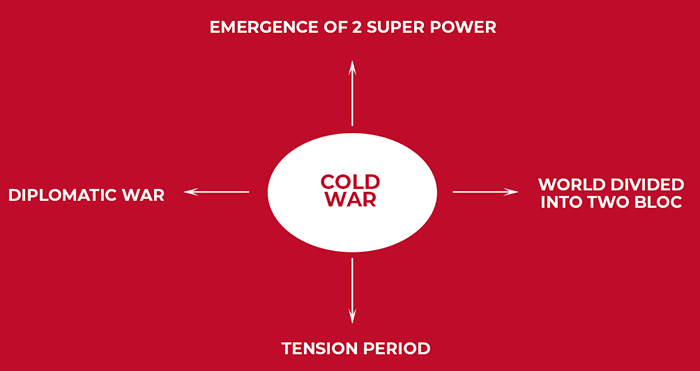
Causes of Cold War
There were various causes for the outbreak of the Cold war which are discussed below but one of the major ones was the fear of communism in western countries.
- The rise in power of the Soviet Union, the emergence of communist parties in Central and Eastern Europe, and the growing strength of communist parties all over the world were alarming for the governments of America, Britain, and other West European countries.
- The victory of the communist party of China in the Civil war of China in 1949 also raised these alarms.
- US declared that its policy will be to stop the spread of communism.
- US provided massive economic aid to European countries after the war and one of the objectives of doing that was to contain communism.
- US started to keep an eye on every world event which was related to communism in any way.
- Britain and other West European countries joined hands with the US in its war to stop the spread of communism.
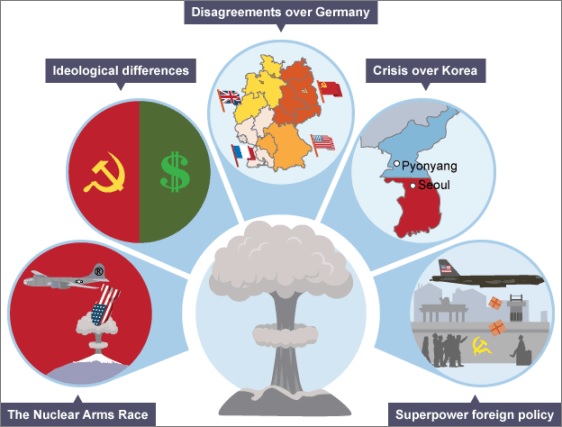
Impact of Cold War
The Cold war has a negative impact on freedom movements in colonies. The freedom movement in many countries was considered not right and nations that were just aligned with colonial powers also started helping these colonial powers to suppress freedom movements. For example, the US helped France to crush the freedom movement in Indo-China.
Any country that wanted to make policies or relations with the Soviet Union was looked upon with suspicion which resulted in tension all over the world. At the same time, it also resulted in wars and conflicts in some areas. The situation became worse after the setting up of military blocs.
- Military blocs by the USA
In 1949, North Atlantic Treaty Organization (NATO) was formed. the main aim of the organization was to defend against the Soviet Union. It was provided with an Army which established its bases in many countries of Europe.
Another organization SEATO (South East Asia Treaty Organization) was set up in 1954. Its members were United States, Britain, France, Australia, New Zealand, Thailand, the Philippines, and Pakistan.
A pact known as the Baghdad pact was signed in 1955 consisting of Britain, Turkey, Iran, Iraq, and Pakistan. It allowed the US to set up military bases all over the world to fight against the terror of communism but a revolution took place in Iraq in 1958 and it withdrew from the pact which was named after its capital city. So, a new name was given to the pact Central Treaty Organization (CENTO).
- Warsaw Pact
To stand against the US and the Western countries, the Soviet Union and socialist countries of Europe formed the Warsaw pact. It allowed the Soviet Union to set up military bases in these countries. These countries were Poland, Czechoslovakia, Hungary, Romania, Bulgaria, and the German Democratic Republic.
Soviet Union and the countries in this pact didn't have any camps in other parts of the world but Soviet Union did have treaties of friendship and assistance with China.
These bases and alliances of these countries were looked upon as a threat to the peace of the world and the freedom of countries. That is why many countries of Asia and Africa that had won their freedom refused to join this pact.
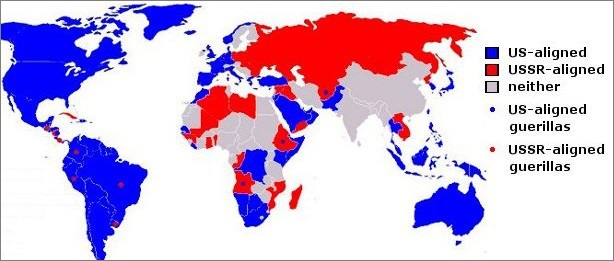
Arms Race during Cold War
A race began to obtain and make the deadliest weapons of destruction. The US was the only country that had an atom bomb till 1949 but in 1949, Soviet Union tested its first atom bomb. After a few years, Nuclear weapons which were a thousand times worse than atom bombs were developed.
The testing of these weapons brought many serious hazards to life which led to many movements around the world to put a ban on testing and manufacturing of such weapons and even leading scientists such as Einstein and Linus Pauling also joined these movements but the arsenal of nuclear weapons around the world kept on increasing.
In today's world, there are so many nuclear weapons in the world that can destroy the whole world not just once but again and again. It did not stop at nuclear weapons, many other kinds of weaponry were being developed. From new bombs, missiles, and submarines that can carry these bombs to different places.
Armed Tensions during Cold War
It was obvious after all this that war was inevitable but there was no direct war fought.
- Cuban Missile Crisis:
- Vietnam War:
- Prague Spring: The leader of the communist party of Czechoslovakia was keen to introduce reforms like loosening control over media and multiparty democracy but soon, Soviet troops marched and the reforms were put on hold.
- Invasion of Afghan:
- Star Wars:
The Soviet Union deployed missiles in Cuba which were in striking range of Florida. US president responded to the threat by Naval blockading of Cuba and these two were on the verge of war but after 13 days of stand-off, Soviets removed the missiles.
Vietnam was divided into two parts: South Vietnam and North Vietnam. North Vietnam was under the communist party and the south one was repelling it. In 1965, US sent troops to South Vietnam to help it fight against the threat of communism but North Vietnam was backed by the Soviet Union and China.
The war ended in 1975 with communist North Vietnam as the winner but America left the war in 1973 after losing around 58,000 US soldiers.
A war was being fought in Afghanistan between the Marxist government and the insurgents are known as mujahidin which were backed by the US and Pakistan. The Soviet Union invaded Afghanistan in support of the Marxist government. Soviet left in 1989 after 10 years of war.
US launched a new program for the development of new and more deadly weapons known as Star Wars. These weapons were to be used from outer space but after some time the situation of the world started to get a bit better and by the end of the 1980s, it could be said that Cold War was over.
Role of Non-Aligned Movement During Cold War
Many nations of Asia and Africa got independence during the cold war and they didn't like the idea of military blocs so these countries followed the policy of non-alignment to any military bloc. The emergence of these nations played a major role in bringing the intensity of the cold war down and creating an atmosphere of peace.
Most countries of Asia and Africa refused to join the cold war and considered the military bloc a serious threat to peace and their newly earned freedom. These newly independent countries wanted to focus on major social & economical reforms which could only be achieved in a world of peace and free from war and hence, they opposed the alliances.
Non-aligned countries of Asia and Africa were on the cutting edge of the battle for the liquidation of imperialism. Nonalignment has been an arrangement focusing on the fortifying of their independence, finishing of imperialism, and advancing world peace.
It was not just an approach of non-association with military alliances yet a strategy for making a superior world.

Share:

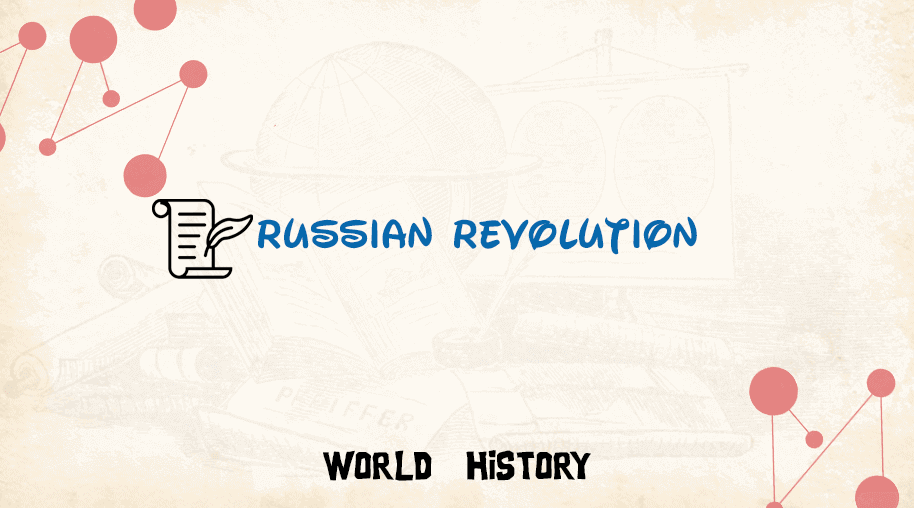
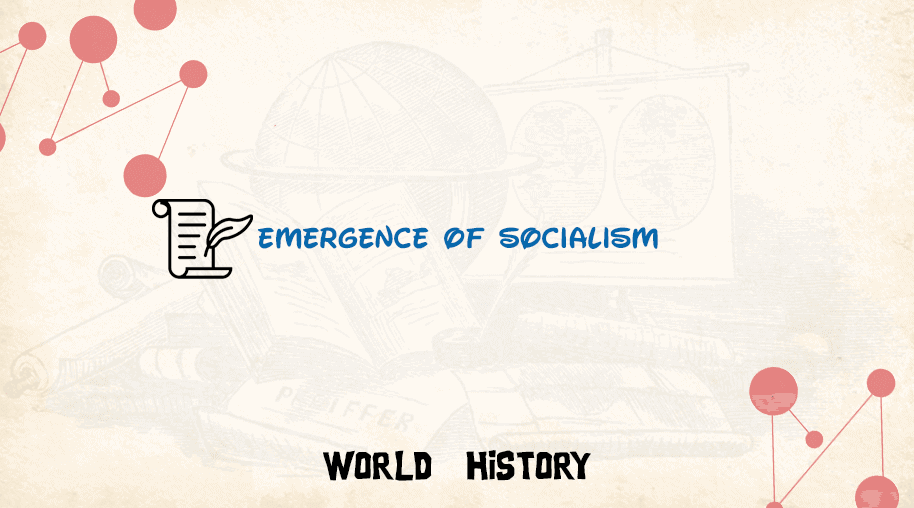
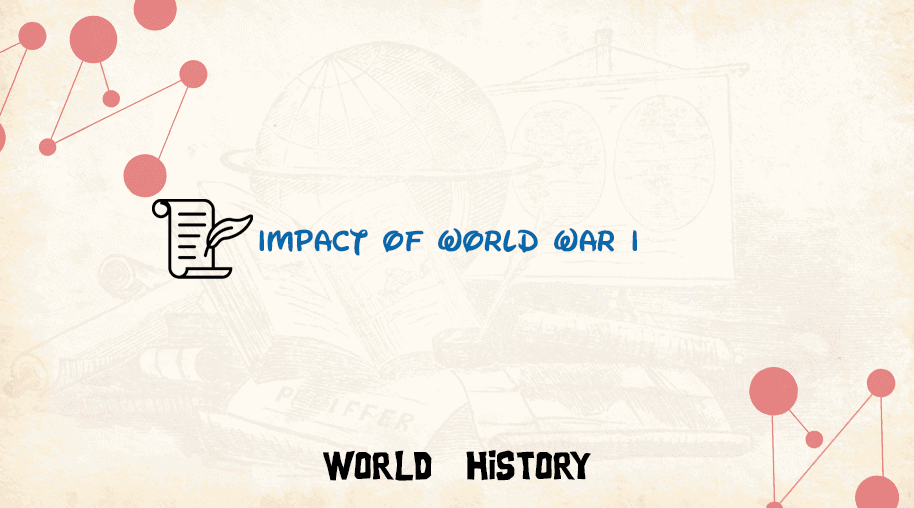
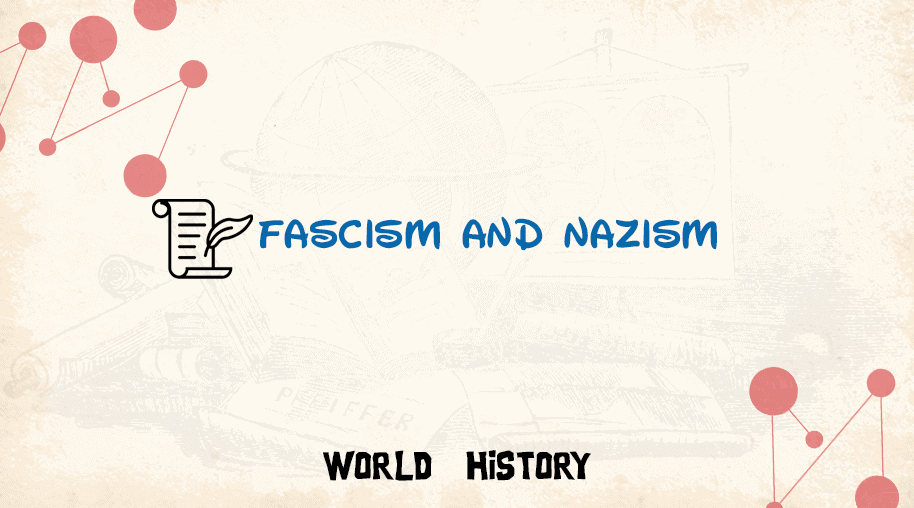


Comments
Waiting for your comments